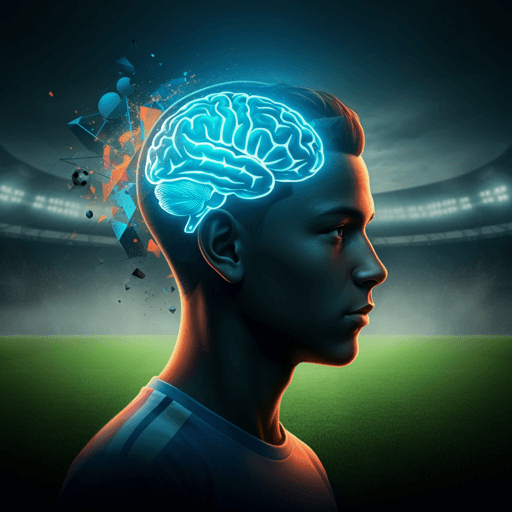
Health and Fitness
Improvements in executive functions by domain-specific cognitive training in youth elite soccer players
F. Heilmann, S. Knöbel, et al.
This study investigated whether an 8-week soccer-specific cognitive training program improves executive functions in 31 youth players (13–15 years). Thirteen athletes completed the intervention while 18 served as controls; measures included working memory, inhibition, and cognitive flexibility. Results showed no greater EF gains in the training group, though both groups improved cognitive flexibility—possibly from maturation or learning effects. This research was conducted by Florian Heilmann, Simon Knöbel, and Franziska Lautenbach.
~3 min • Beginner • English
Related Publications
Explore these studies to deepen your understanding of the subject.







